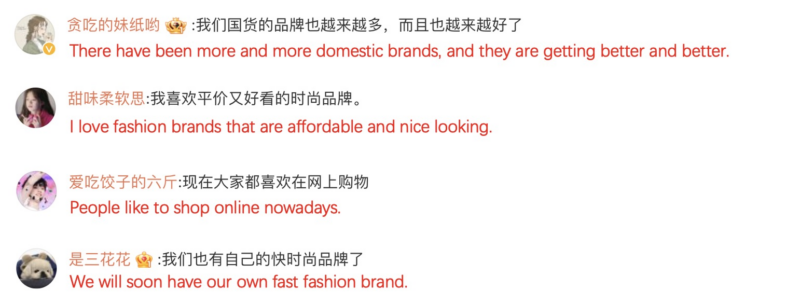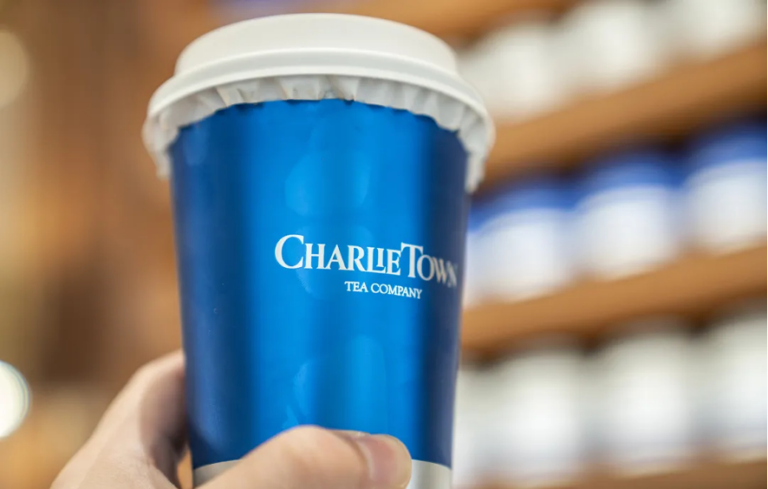International fast fashion retail giants such as H&M, Zara, and GAP are finding it difficult to keep up with the ever-changing preferences of Chinese consumers. For example, H&M alone has closed 119 physical stores in China from 479 in 2020 to 445 in 2021, during which the Xinjiang cotton controversy happened, to 360 in 2022. On Weibo, there have been discussions over #Why are fast fashion brands facing a wave of store closures# (为什么快时尚品牌迎来关店潮) in the 3rd week of August, viewed over 93,500 times within two days.
Read about the She economy in China

Certain fast fashion brands struggle to keep pace in China
For one thing, to provide consumers with trendy and cheaper clothing options at a fast pace, the fast fashion industry as a whole is generally perceived as having a negative impact on the environment, the production of which takes up around 10% of the carbon emissions globally. Furthermore, due to the weakening of the economy during the pandemic which further leads to a consumption downgrade as well as an increasing awareness of sustainability, consumers are rethinking their decision-making while purchasing clothes. Moreover, with the variety of options Chinese consumers have on e-commerce platforms, traditional fast fashion brands seem to find it hard to compete in terms of both pace and design.
Embracing cultural pride and global trends
In stark contrast, domestic brands are increasingly gaining popularity among Chinese young people, like JNBY (江南布衣) and Urban Revivo, due to a soaring national pride and styles that fit Asian body types better. Additionally, there have been some newcomers in the fast fashion industry who have gained an edge in the Chinese market by embracing the aesthetics of Gen Z better, such as Italian brand Brandy Melville, known for its “Malibu beach babe” style, and Chuu, a Korean brand that emblemizes the K-pop aesthetics.

“Some brands are Western designed and sized. Even if I want to wear them, I don’t look good in them.” A netizen from Henan commented.
Traditional fast fashion challenges in China: store closures amidst industry shifts
- In August, store closures highlighted challenges in China’s fast fashion industry. Environmental impact, pandemic-induced economic shifts, and consumer sustainability awareness are causing brands to struggle. Traditional fast fashion is facing tough competition from diverse e-commerce choices.
- Domestic brands like JNBY and Urban Revivo are surging in popularity among Chinese youth due to national pride and Asian body type-friendly styles. Brands like Brandy Melville and Chuu, embracing Gen Z aesthetics, are finding success in China’s market.
- Netizens emphasize the importance of cultural fit and identity. Some Western brands don’t match Asian body types, leading to local sentiment for designs that resonate better with Chinese consumers.





